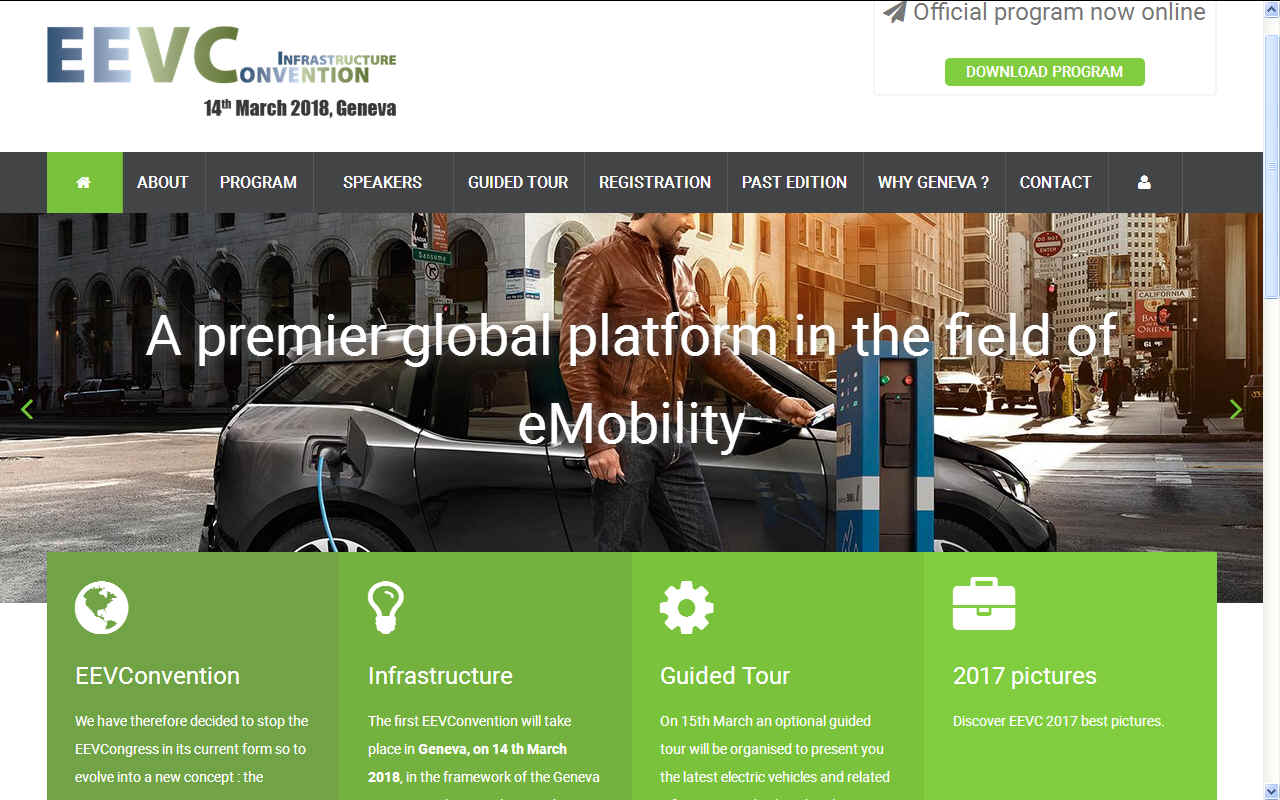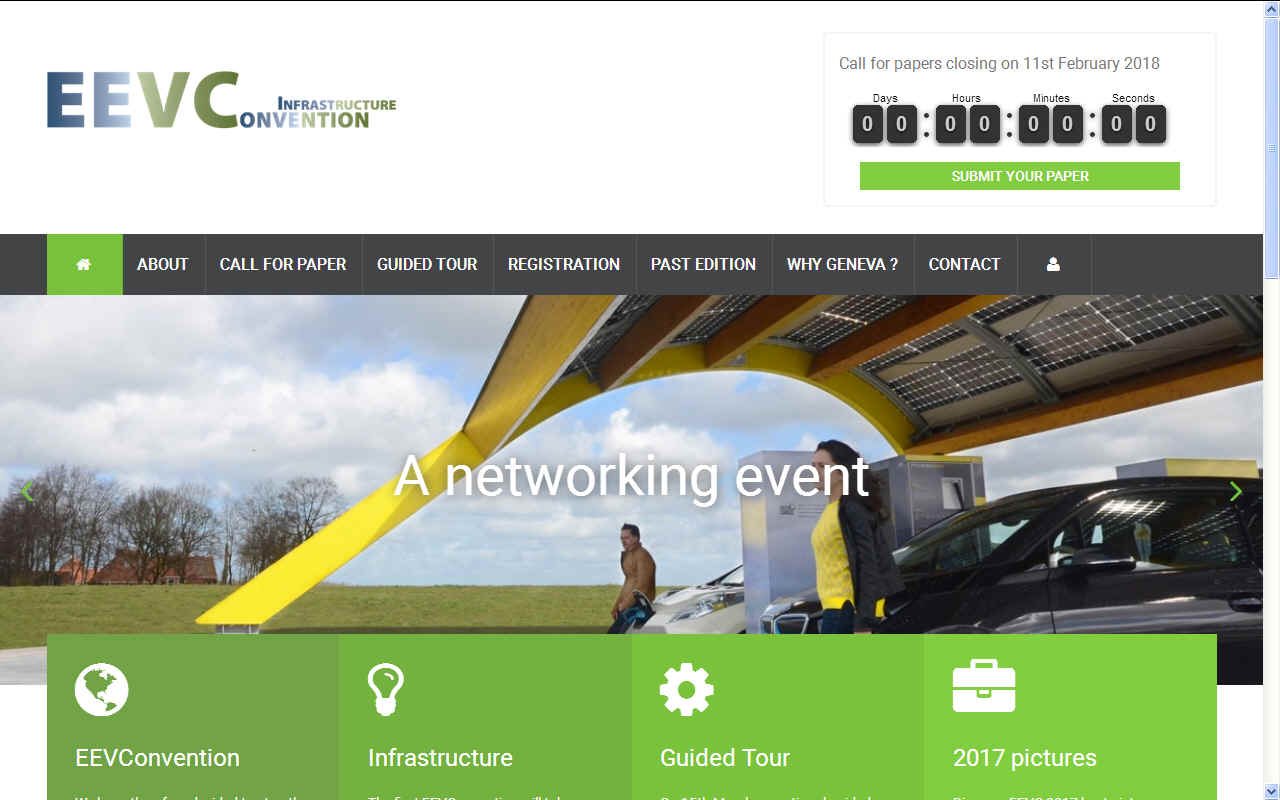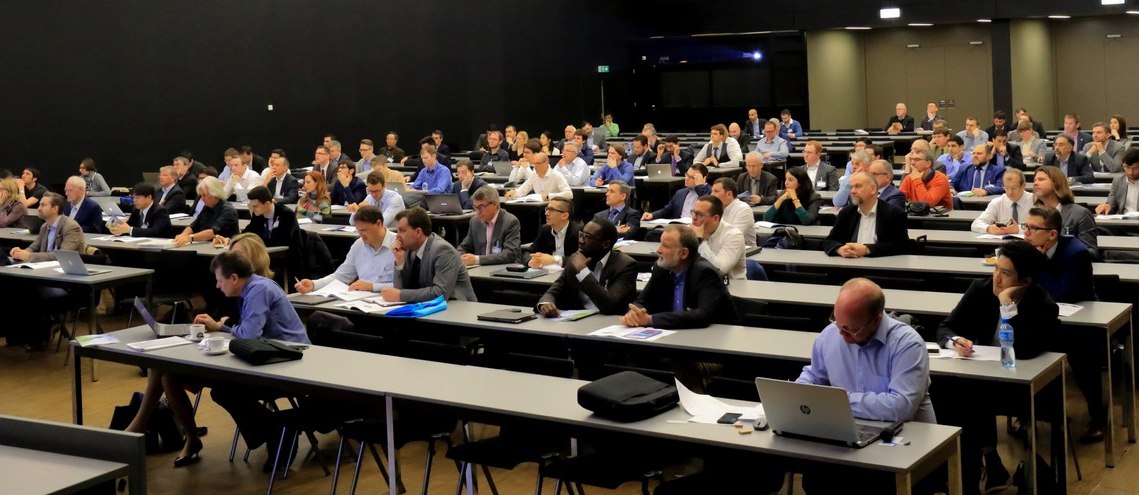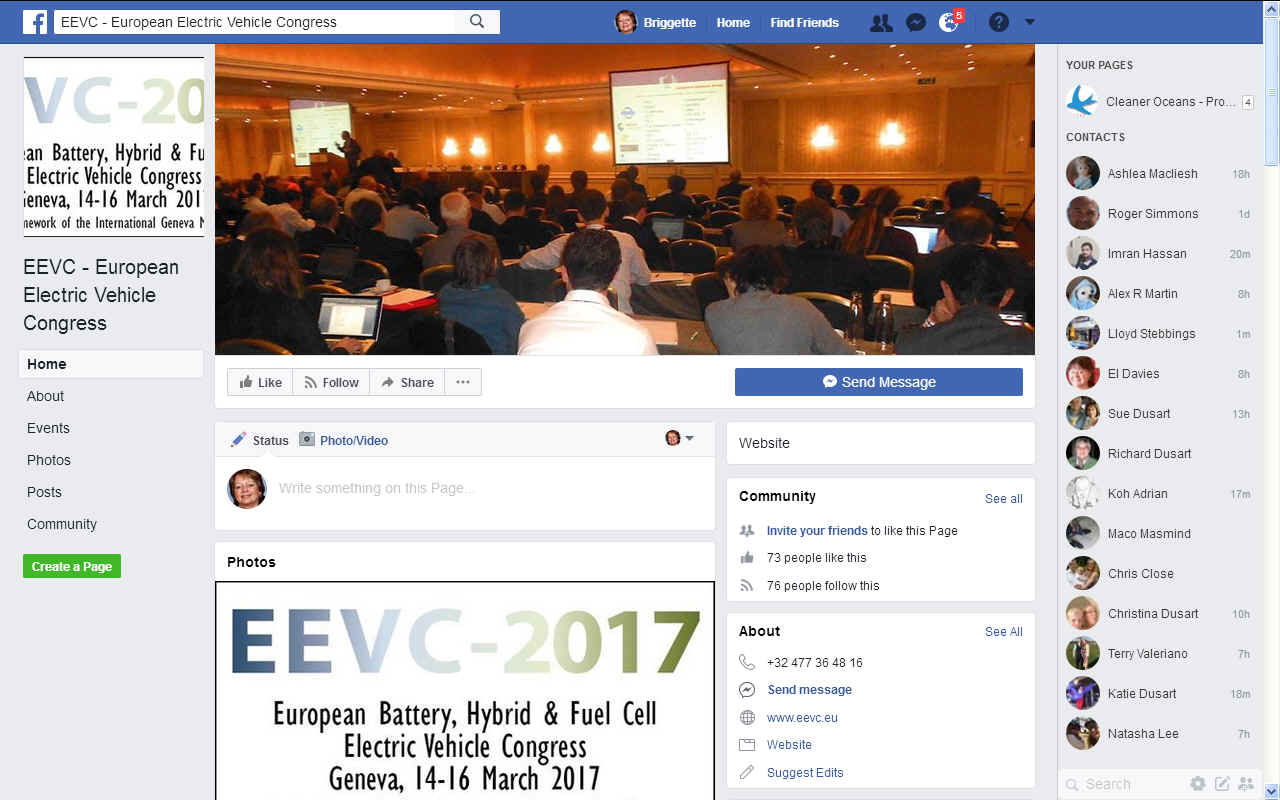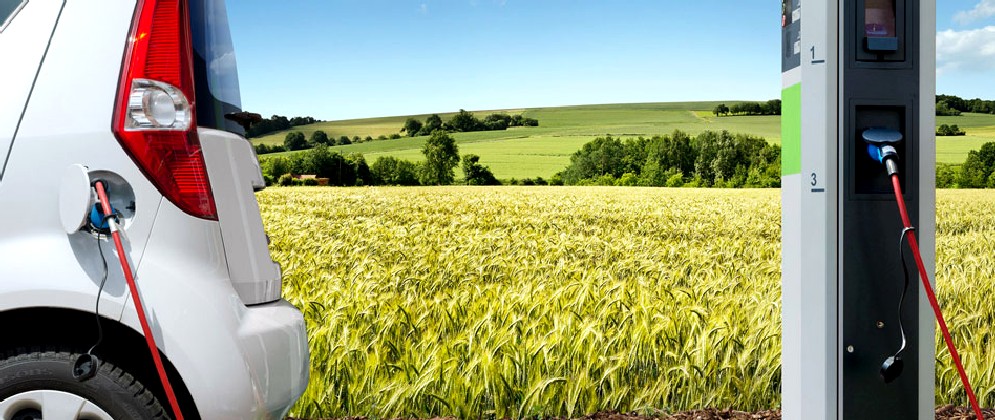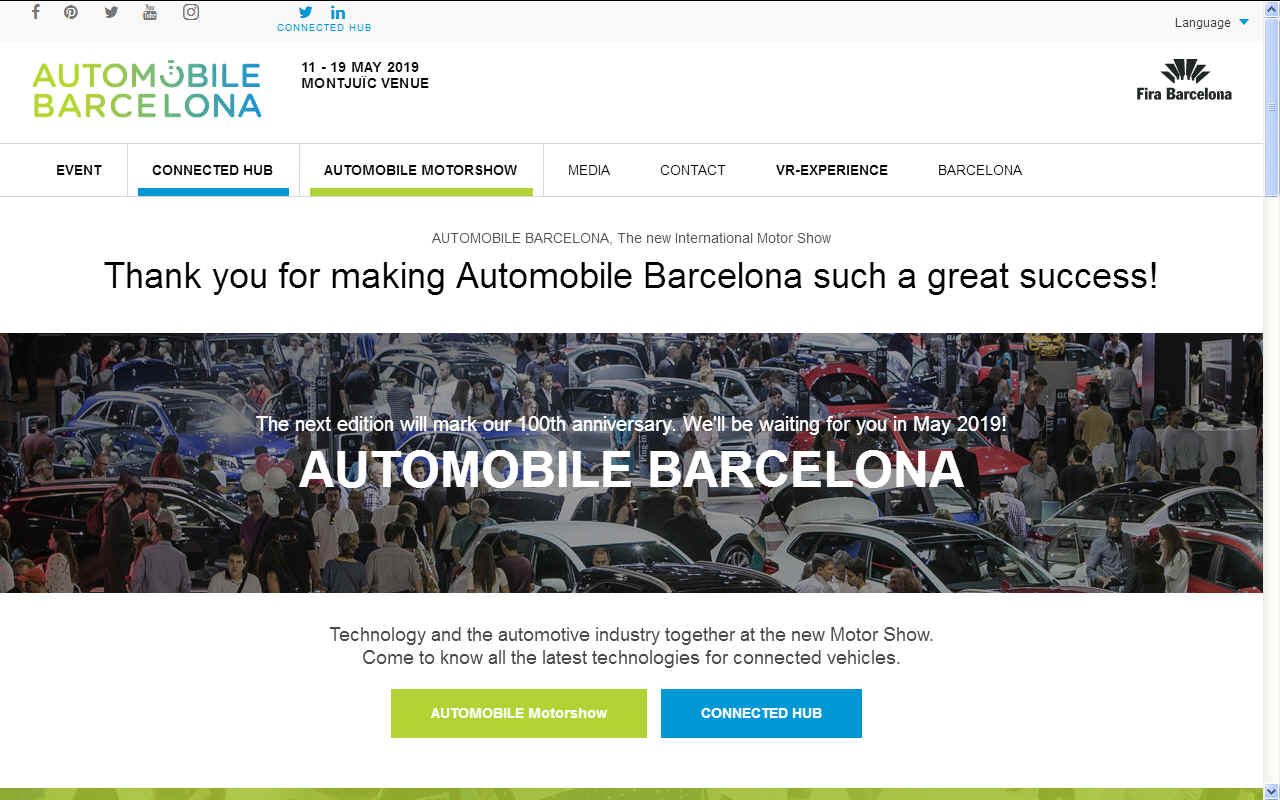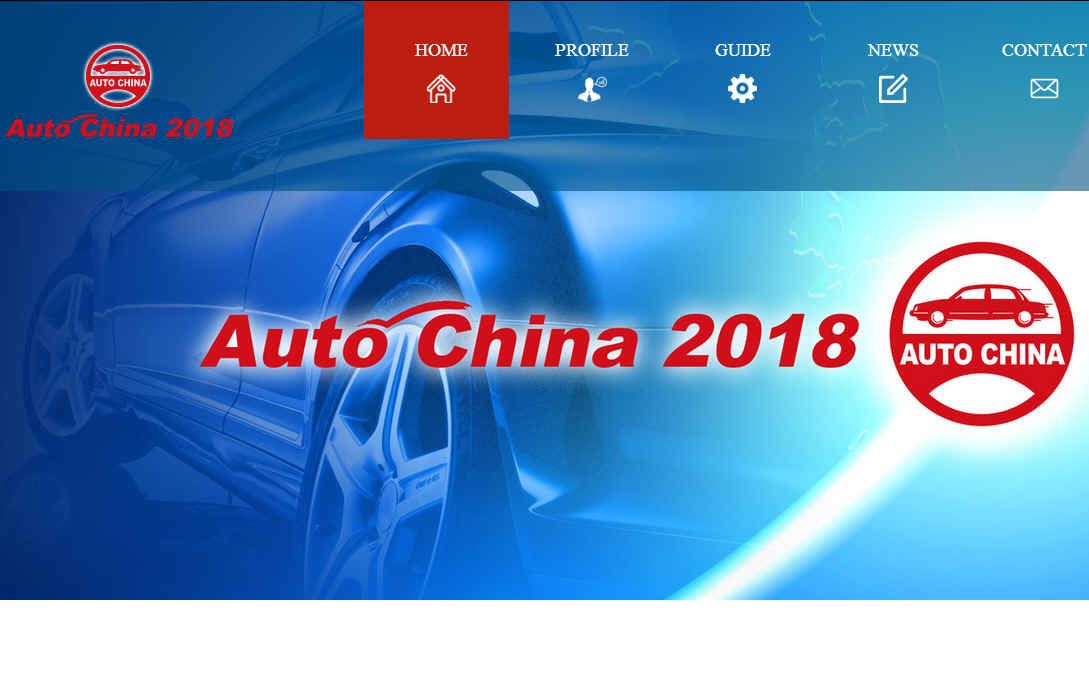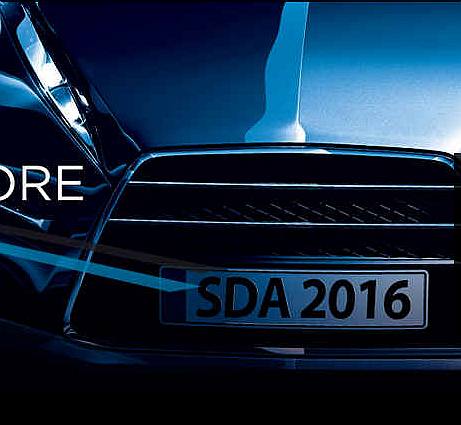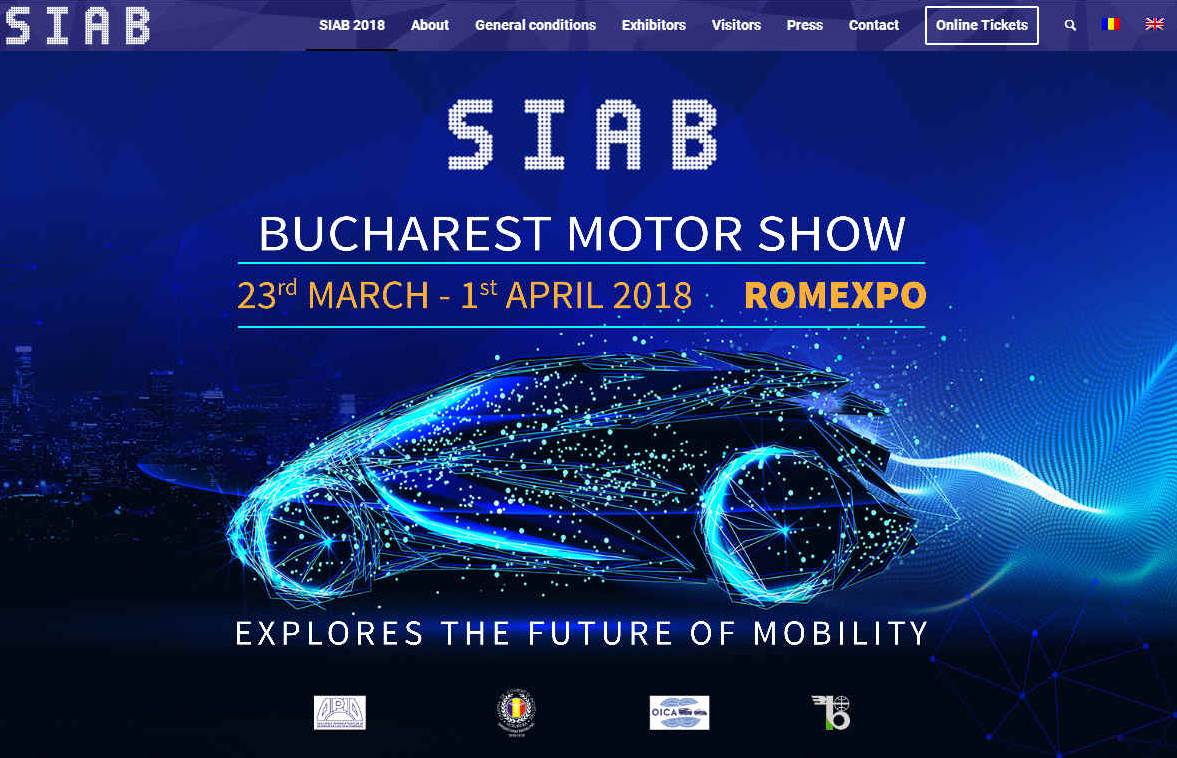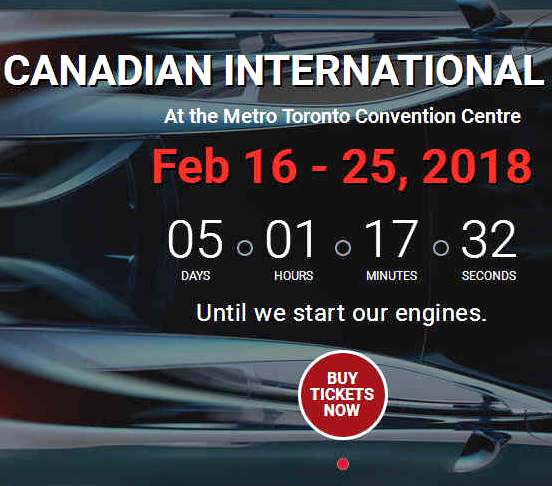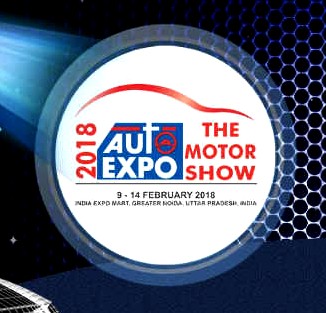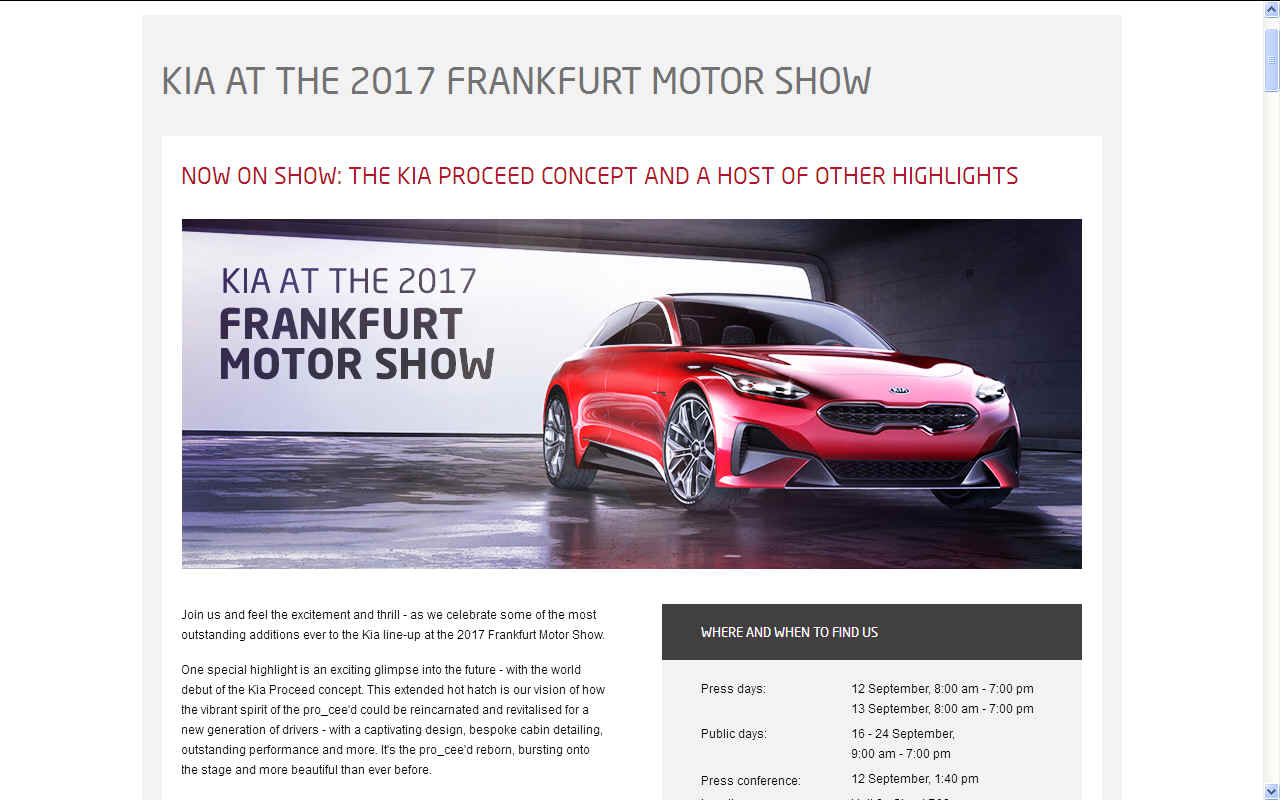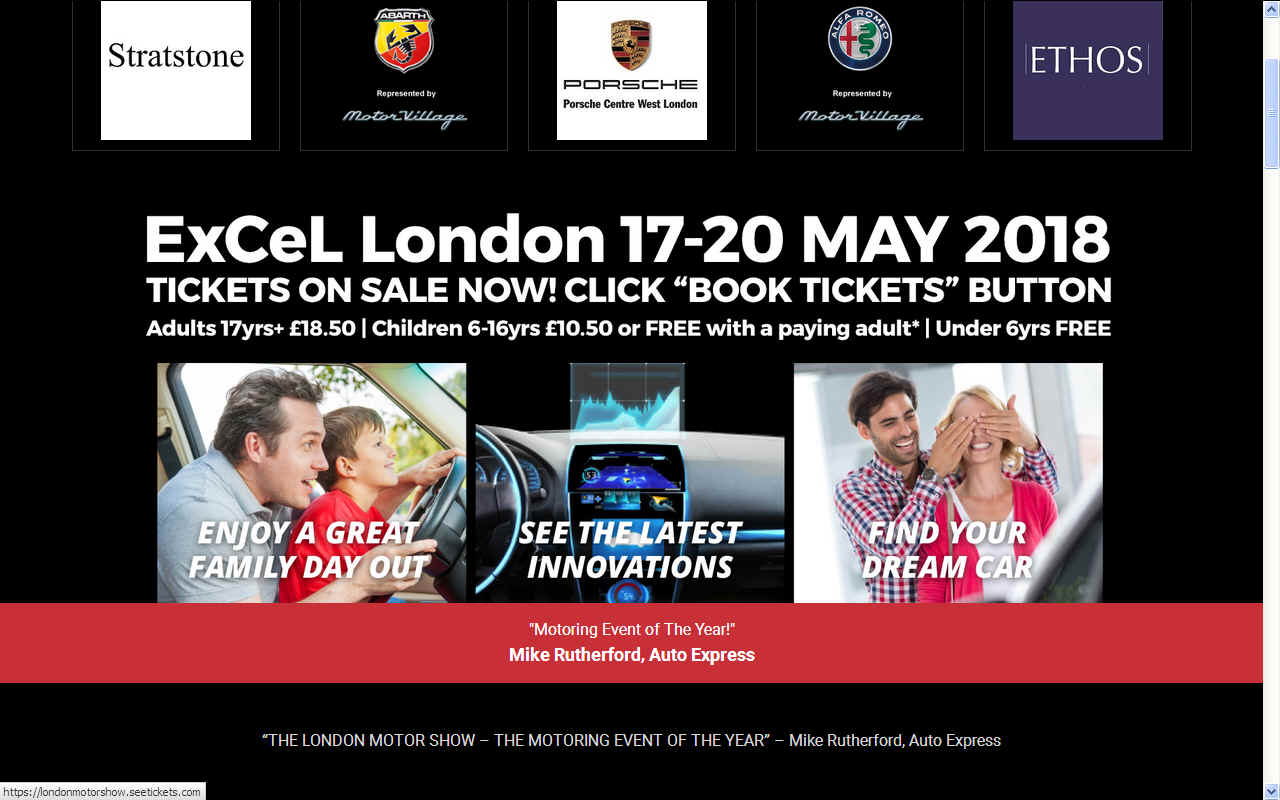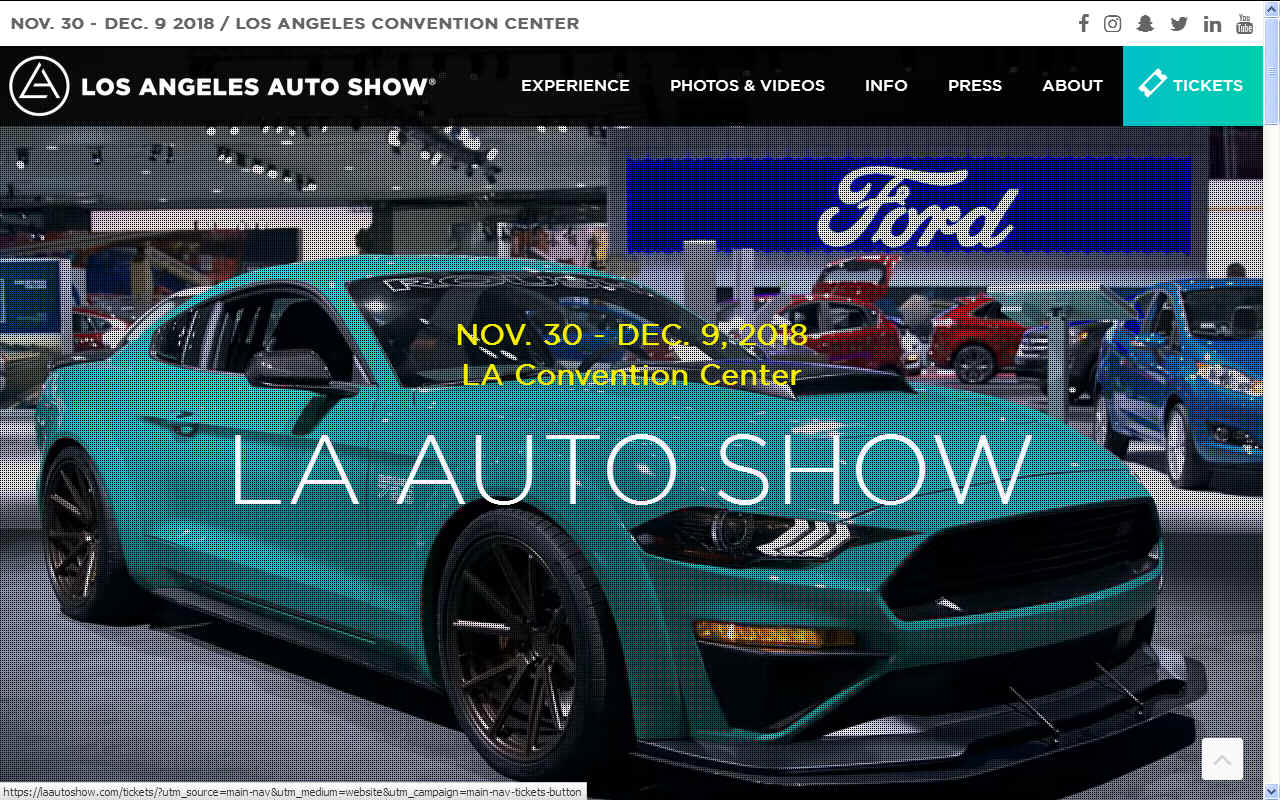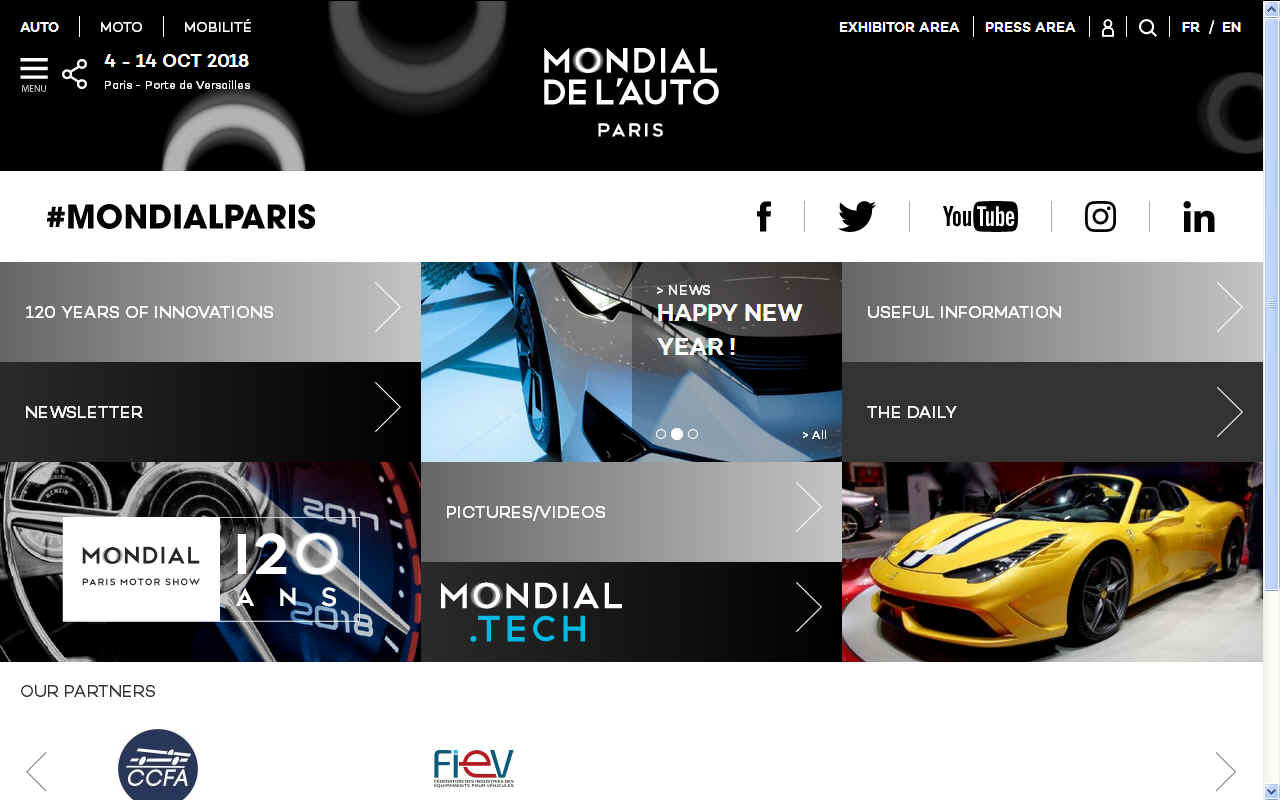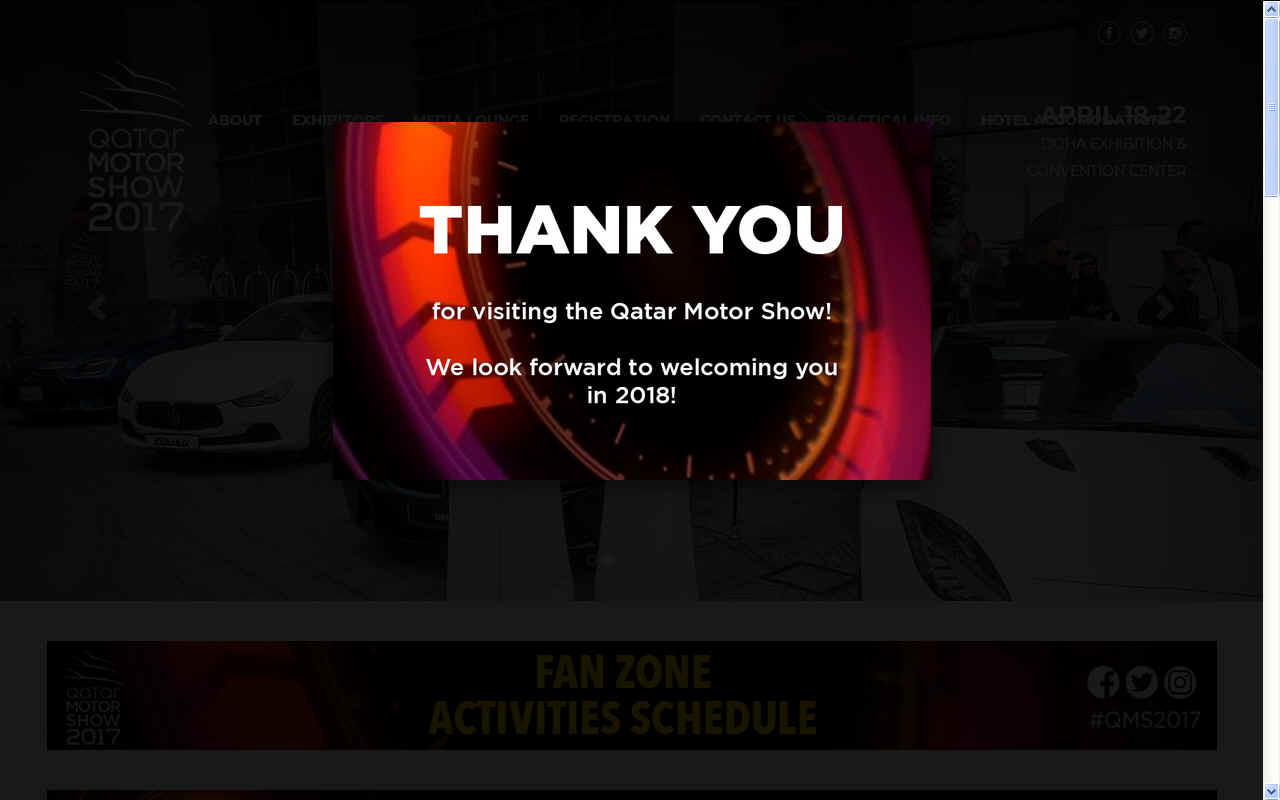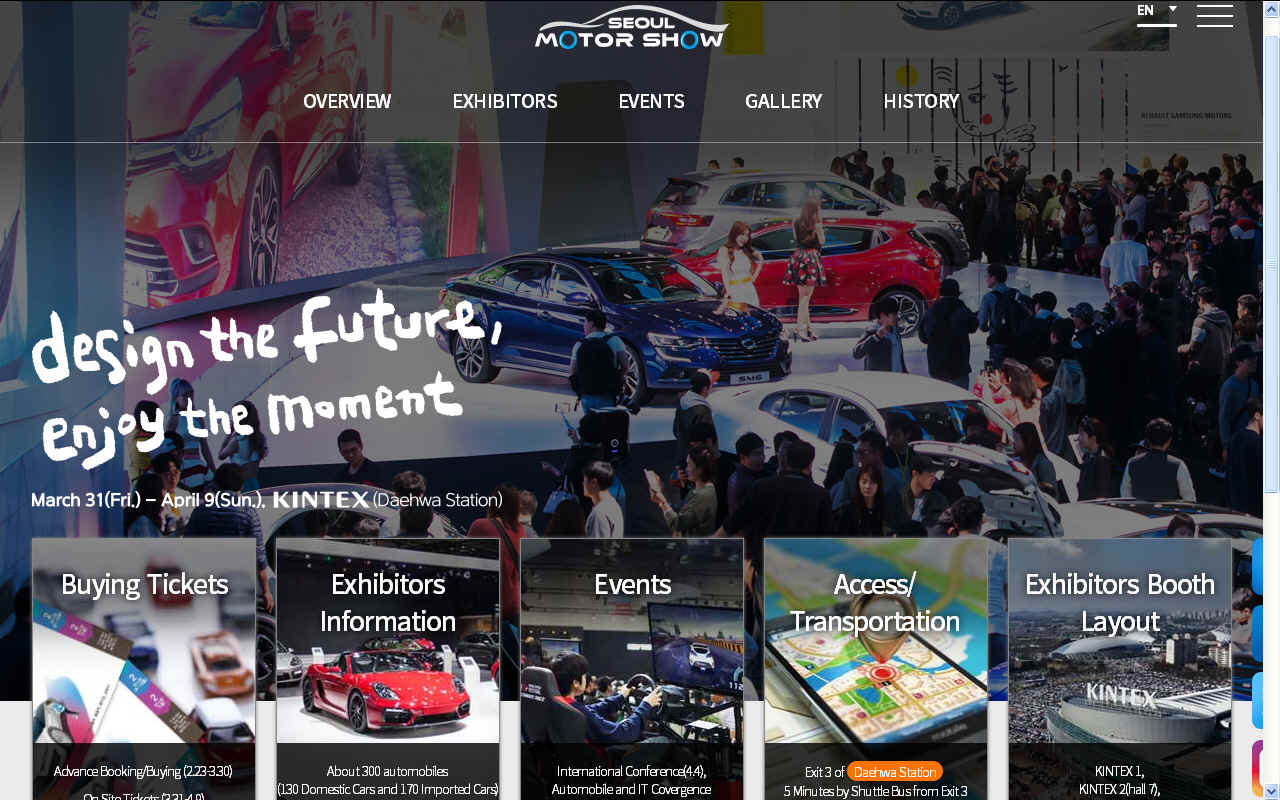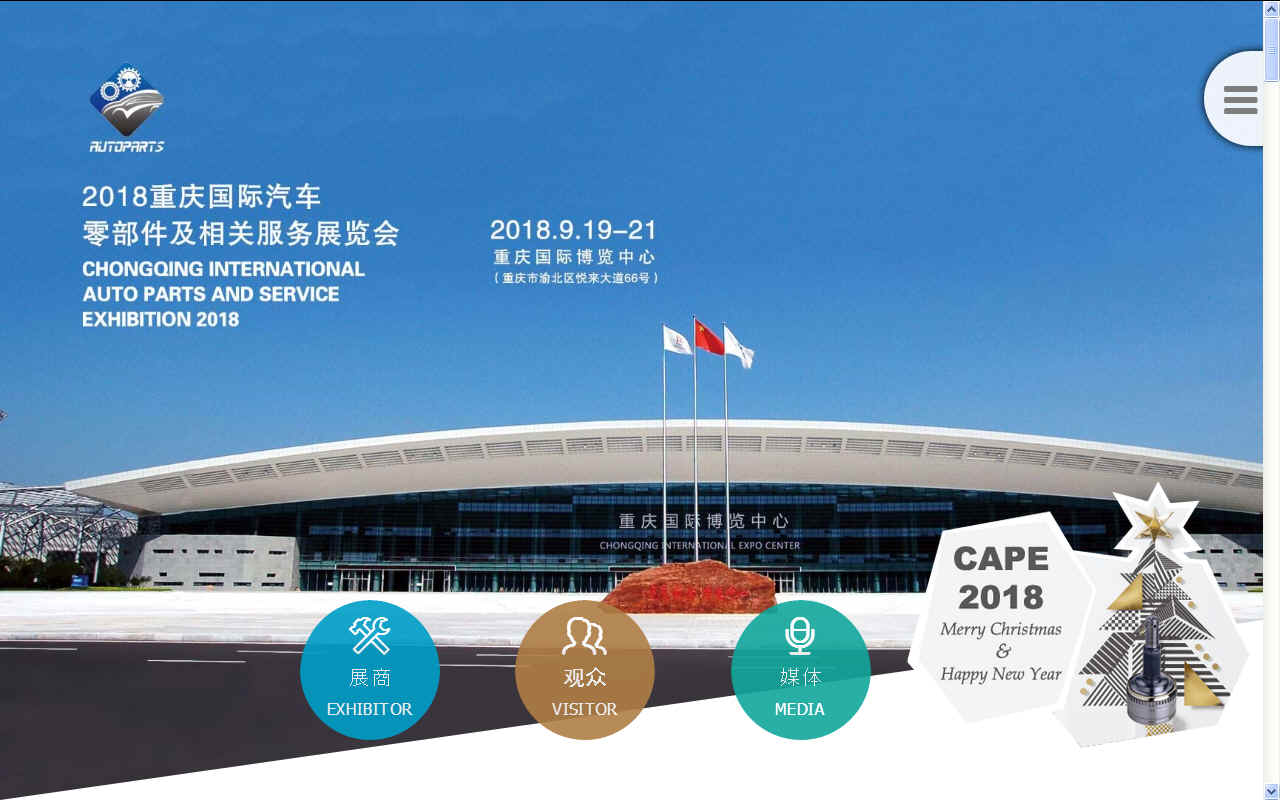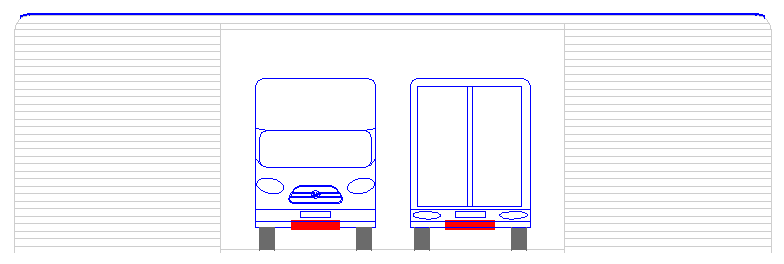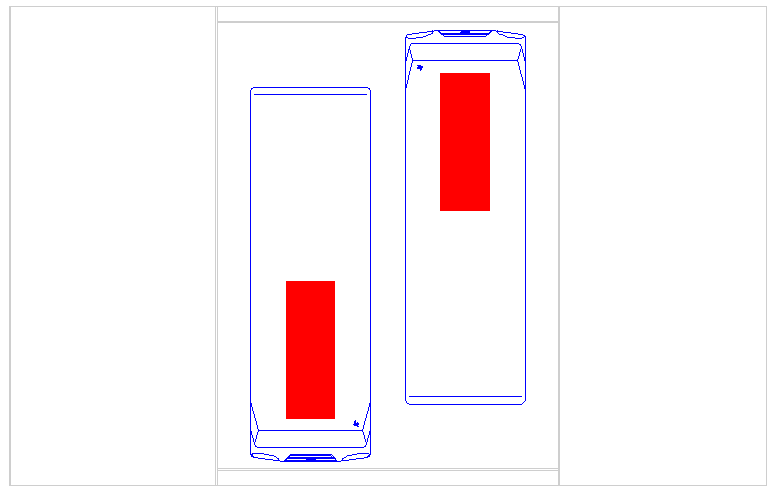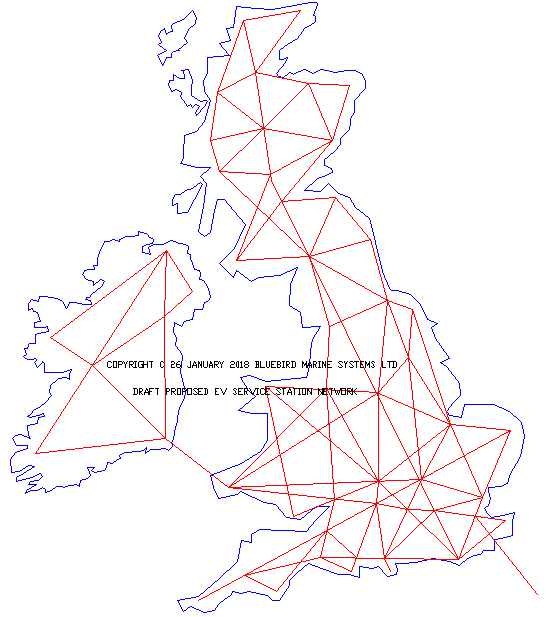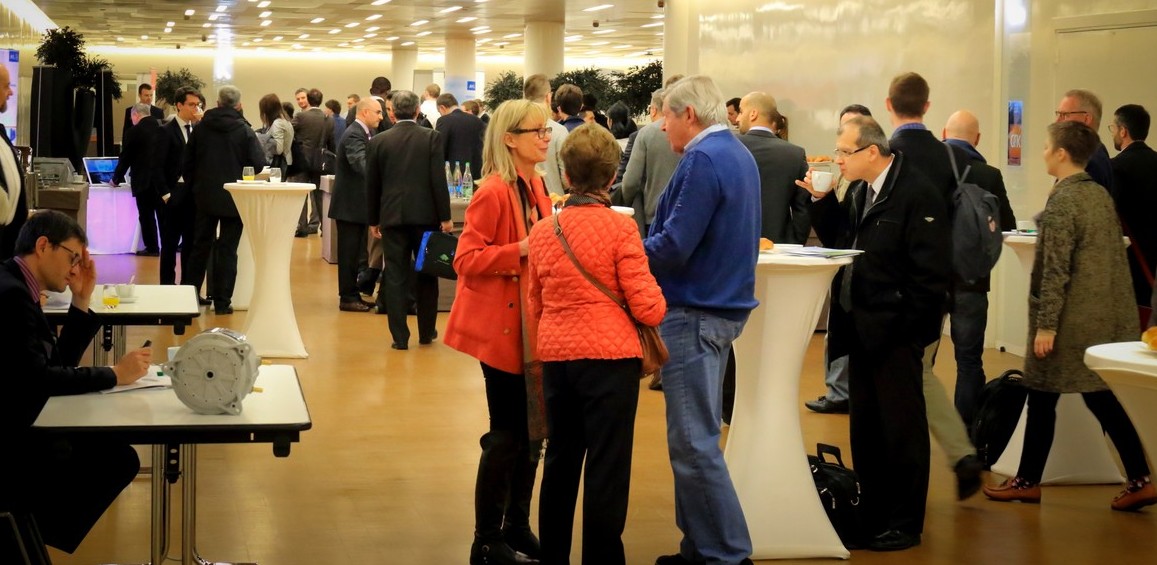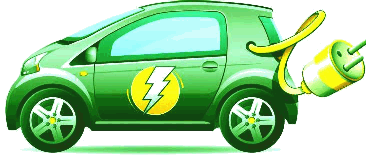|
EV CONVENTION GENEVA
AUTOMOTIVE A TO Z CLIMATE CHANGE A TO Z CONTACTS EVENTS GROWTH A-Z PLEASE USE OUR SITE INDEX TO NAVIGATE THIS SITE
EEVC
EUROPEAN
ELECTRIC VEHICLE INFRASTRUCTURE CONVENTION This
is an important venue to discuss what is working in the world of low
carbon vehicles and to think about ways to implement a practical future
infrastructure for electric vehicles that are battery, fuel cell or hybrid
operated. AGENDA
8.00 Registration
& Welcome Coffee
9.00 Opening
Session Welcome
Words EEVC's
Mission and Goals The
Geneva Mobility Hub Infrastructure:
Where do we Stand ? (under developpement) Fast
Charging on Swiss Highways The
e-Mobility Guide A
Focus on Induscitve Charging CHAdeMO Charging
along the route : the bus Tosa 1
0.30 Coffee
break 11.00 Parallel
Sessions A1 EV
policy design and its implications for the development
of charging infrastructures Impact
of autonomous EVs on charging infrastructure and city
planning EVERA:
Towards more sustainable, shared electric vehicles Charging
and Equalization Management for High Voltage
Lithium-ion Energy Storage Systems Robotised
battery swapping stations and their intelligent
network A2 Smart
Charging electric vehicles:Institutional bottlenecks
and possible solutions HYLIFT-EUROPE:
FUEL CELL MATERIALS HANDLING VEHICLE MARKET
DEVELOPMENTS IN EUROPE The
SEVA Model: Predicting Future Electric Vehicle
Charging Behavior Lifetime
Model Based Second Life Battery Energy Storage System
Sizing for a Residential Application Technological
and Infrastructure Development for EVs: UK landscape
12.40 Lunch 11.00 Parallel
Sessions B1 Electricity
network options for highly variable supply and demand Grid
services for electromobility: NeMos approach
towards ensuring EV charging QoS and power system
robustness through ICT applications. Technological
and Infrastructure Development for EVs: UK landscape Self-Sufficiency
Houses : the SUN2WHEEL Project B2 CHARGE
THE NORTH: CHARACTERIZING ELECTRIC VEHICLE CHARGING
PROFILES & ENHANCING CHARGING INFRASTRUCTURE
IN CANADA How
to Leverage Funding in Innovative SMEs ad Start-ups in
Connected ans Smart Mobility Space : the IMPACT
connected Car Example Building
a financial sustainable business case for
Vehicle-2-Grid Nordic
Electric Vehicle Outlook E-Busses
in the Netherlands 15.40 Break 16.10 Parallel
Sessions C1
- ELIPTIC Special Session Chair : Karen Vancluysen,
Polis, BE Introduction
to ELIPTIC Safe
Integration of E-buses into Existing Electric PT
Infrastructure Innovative
Energy Management and Storage Solutions to Increase
Operational Efficiency in Electric Public Transport Innovative
Energy Management and Storage Solutions to Increase
Operational Efficiency in Electric Public Transport ELIPTIC
Recommendations C2
- Power Supplies : Manufacturers and Providers Combined
Charging System (CCS) : High-Power Charging, Increased
Charging Capacity, Status of International
Standardization Combined
Simulation Environment for the Investigation of
Plug-In-Electric City Bus Systems Ground-level
feeding systems: from rail to road transport Advanced
Solutions in Over-Current Protection of HVDC Circuit
of Battery-Powered Vehicles Electric
vehicle load forecast using autoregressive integrated
moving average and Gaussian processes Poster
Session & Networking Reception A
computationally efficient simulation model for estimating
energy consumption of EV Smart
Grid pilot across an electric mobility ecosystem User
motivations and requirements for Vehicle2Grid systems A
service oriented architectural approach of EV smart
charging
The European Electric
& Hybrid Vehicle Congress strengthens its position as global platform to foster exchange of views between the R&D, the industry, the authorities, the end-users and the NGO's actors, so to develop synergies in the field of e-mobility. As motivations and constraints are different for each of them, EEVC has the objective to help defining the most promising solutions for market introduction and take-off . This is made taking into account the research and development progresses, as well as the environmental and economic constraints . Feedback from past and current experiences are also discussed and analysed so that best practices & best ways for a daily introduction of e-mobility could be identified. EEVC
- EUROPEAN BATTERY HYBRID & FUEL CELL ELECTRIC VEHICLE CONGRESS The European Battery, Hybrid and
Fuel Cell Electric Vehicle Congress is now recognised as premier global platform in the field of eMobility. Sunday 11th February
was the last opportunity to submit a presentation proposal to the European
Battery, Hybrid & Fuel Cell Electric Vehicle Convention on infrastructure. The Conference will take place in the framework of the Geneva International Motor show which is one of the six most prestigious auto shows, sometimes called the " Big Six " i.e. Frankfurt, Geneva, Detroit,
Paris, New Delhi and
Tokyo. EEV
CONFERENCE TOPICS EEVC
CONTACTS Electri-city.mobi https://www.facebook.com/EEVC-European-Electric-Vehicle-Congress-255213764687903 https://twitter.com/eevc_eu Tel : +33 7 60 17 86 35 EEV CONVENTION INFRASTRUCTURE -
SPEAKERS LIST THE
VENUE EEVC is proud and honoured to be part of this high level playing field for the world's automakers. The Conference participants will have access to the Auto salon where they will be able to see the cars & prototype but also to a dedicated EEVC exhibition displaying components, batteries, electric drive innovations or charging infrastructure for example. Barcelona
Beijing Brazil,
Sao Paulo Bucharest Canadian
Motor Show
Delhi,
New Auto Expo
Detroit
Auto Show
Dubai
Motor Show
Frankfurt,
Germany
Geneva
London
Motorexpo
Los
Angeles
Manila,
Philippines
New
York
Pakistan,
Karachi
Paris
Qatar
Seoul
Shanghai
Tokyo
Dubai
International
The
Geneva Motor Show is a superb event for motoring enthusiasts looking
for the latest development in automotive technology, electric cars and petrol
and diesel powered cars that will be obsolete as Climate
Change climbs the international agendas of the United Nations and
member Governments and suppliers around the world. To
combat climate change we need low
carbon vehicles that many manufacturers are now producing in limited
numbers all the while they may continue to produce internal combustion
engines that pollute the air we breathe and acidify our oceans. At
the moment motor car and truck makers can legitimately argue that selling
petrol and diesel vehicles is the only way to
keep the economies of the world ticking over until there are some serious
changes to the way energy is made available by way of a decent EV or other
low carbon infrastructure. As
we write the most promising solution and one that may trigger the interest
of any administration with Circular
Economy objectives is based on mechanical handling and digital control
of small containers or cartridges that might fit into any conventional
vehicle configuration with the minimum of adaptation - but is especially
suitable for Electric Vehicles. INTEGRATION
- The Cleaner
Ocean Foundation is of the opinion that road building should not be
divorced from other considerations during the planning and execution
stages of electrifying our roads. In the modern world where climate change is high on international
agendas there should be provision for sufficient power supplies to enable
the use of low carbon vehicles, such as electric trucks and cars, in sufficient number
that petrol and diesel
cars and trucks become a thing of the past. One way of doing this is for
all new roads to be planned with an integrated approach to align with the
National
Grid of the country concerned. Flexible
tarmac roads typically last 30 years is well made, service tunnels should
be incorporated on all new builds to prevent roads works that delay
traffic. Service access conduits should run alongside all new roads
(water, electricity, telecommunications, etc) to keep traffic moving
efficiently. Planning ahead for servicing is sustainable planning. Most
British roads were obsolete the moment they were built. The
picture above may look quaint but the road should have been wider with at
least one service conduit running parallel. Roads like this in the country
are the subject of constant works and repairs to subsidence. The road tax
on 25,000,000 million registered vehicles even if only 50% is collected
would be al least £1.25 billion pounds in revenue that should be spent on
road building and management, granted that EVs are exempt, hence revenues
will gradually reduce. There will have to be a sliding scale as EVs become
more popular where they are charged to top up a road fund. Especially when
electric or hybrid super trucks come online that create substantially more
road wear.
SMARTER
SERVICE STATIONS
- This concept EV forecourt offers between 7.68 - 15.36MWh of solar
assisted energy storage with a capacity of between 48-96 battery
cartridges on a continuous charge cycle. Five of these stations (76.8MW)
could recharge (refuel) up to 10 trucks or cars a minute at peak times. During
rush hour, up to 300 vehicles might be serviced in one hour if drivers act
diligently - for example there is no
need to get out of a vehicle at all using automated billing - but this would require registered users.
The truck shown in these AutoCAD drawings is 3.55 wide x 3.5 high x 7.7M
long (8 x 11.5 x 25 feet). This station could accommodate trucks 4.46M
(14.77 feet) high as shown, or with a raised roof, almost any truck
currently on the market - though longer thinner trucks are more fuel
efficient. During
an eight hour day 2,400 trucks might be serviced using five forecourts on
the assumption that we start every morning with 96 x 5 = 480 slow charged
cartridges from off-peak supplies. The same forecourt might be used to
service fuel-cell
cars powered by stabilized hydrogen.
One size fits all. The secret is to KISS
the design (Keep It Simple Silly). There are only 28* moving parts in this
station, not including the gearbox for the solar powered drive motor. This
is possible because with this system the vehicles load the cartridges
themselves. LINKS
& REFERENCE http://www.eevc.eu/
|
||||||||||||||||||||||||||||||||||||||||||||||||||||
